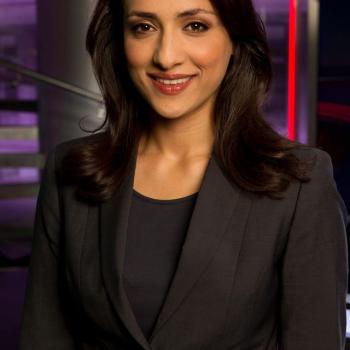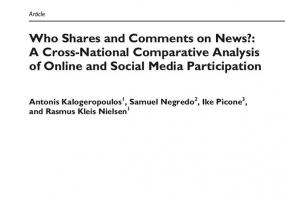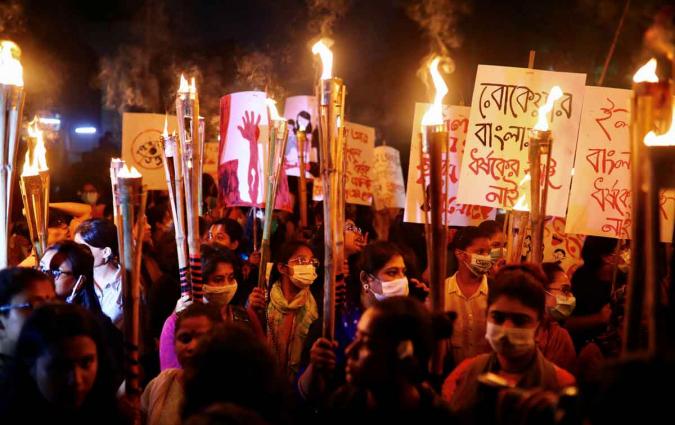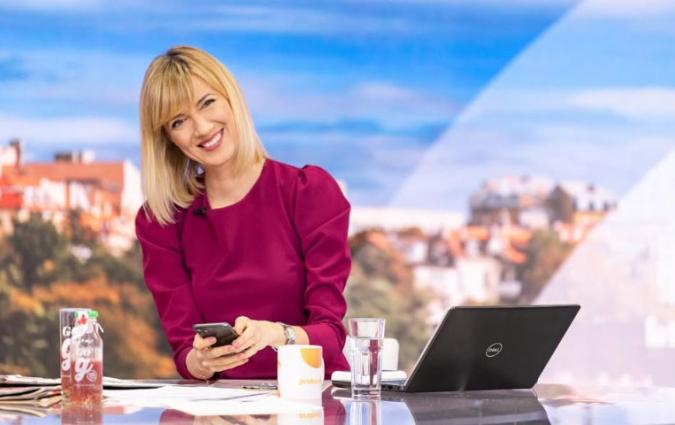Isis and propaganda
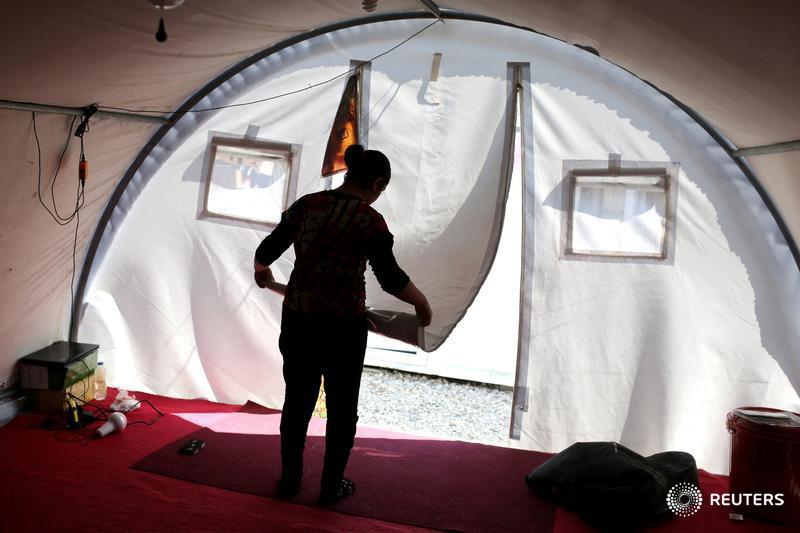
Reuters Institute Fellow's Paper
Mah-Rukh Ali, one of the main anchors for Norway’s largest commercial TV channel TV 2, has written a path-breaking analysis of ISIS’s propaganda methods, and particularly how the roles and attitudes towards women are manipulated according to factors such as the intended audience and desired effect.
In her research paper, ‘Isis and propaganda: how Isis exploits women’, Mah-Rukh, a Fritt Ord fellow and a frequent visitor to Pakistan, Afghanistan and Iraq for reporting trips, examined multiple examples of ISIS propaganda material in which women were used. She concludes that the portrayal of women falls into three distinct categories: the first case is the ISIS guide/manifesto for women; the second is the concept of Jihadi brides traveling from Western countries; and the third is the Fatwa on sexual Jihad, and the resulting sexual enslavement of Yezidi women.
Here’s how Mah-Rukh summarises her research paper: ‘Isis has broken new ground in the way it oppresses and manipulates women. No one remembers young girls running off to join the Taliban - an equally repressive regime - because under the Taliban women were, essentially, invisible. Isis uses women both to recruit other women, through the picture presented of the jihadi bride; traditional womanhood fused with an almost mythological 'warrior woman' role of masculine power, and to recruit men - with women offered as sexual bait for fighters. ISIS exploits women in its propaganda to target different audiences. It sexualises women as part of a calculated PR-strategy, and to generate headlines.’
Mah-Rukh is publishing a book in Norway about ISIS.
As with all Fellows’ research papers, any opinions expressed are those of the author and not of the Institute.
Image: REUTERS/Asmaa Waguih


